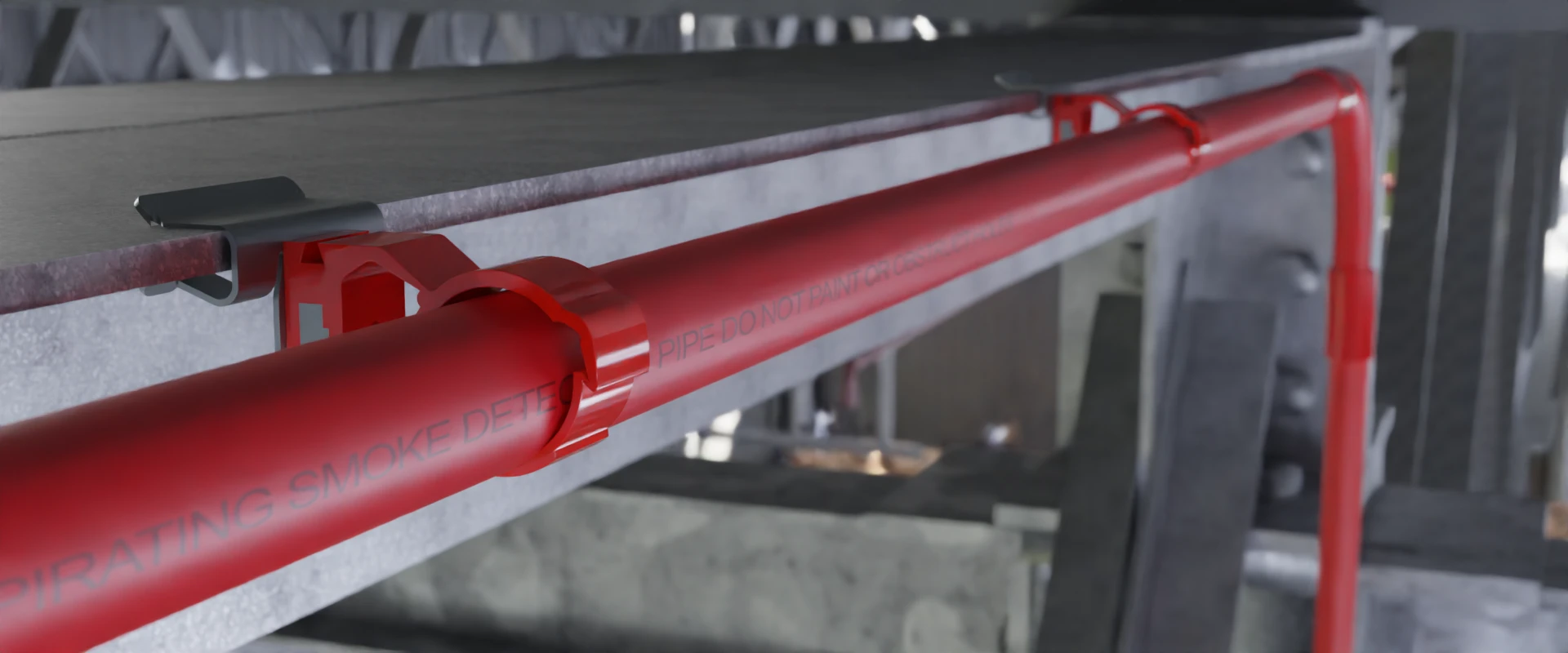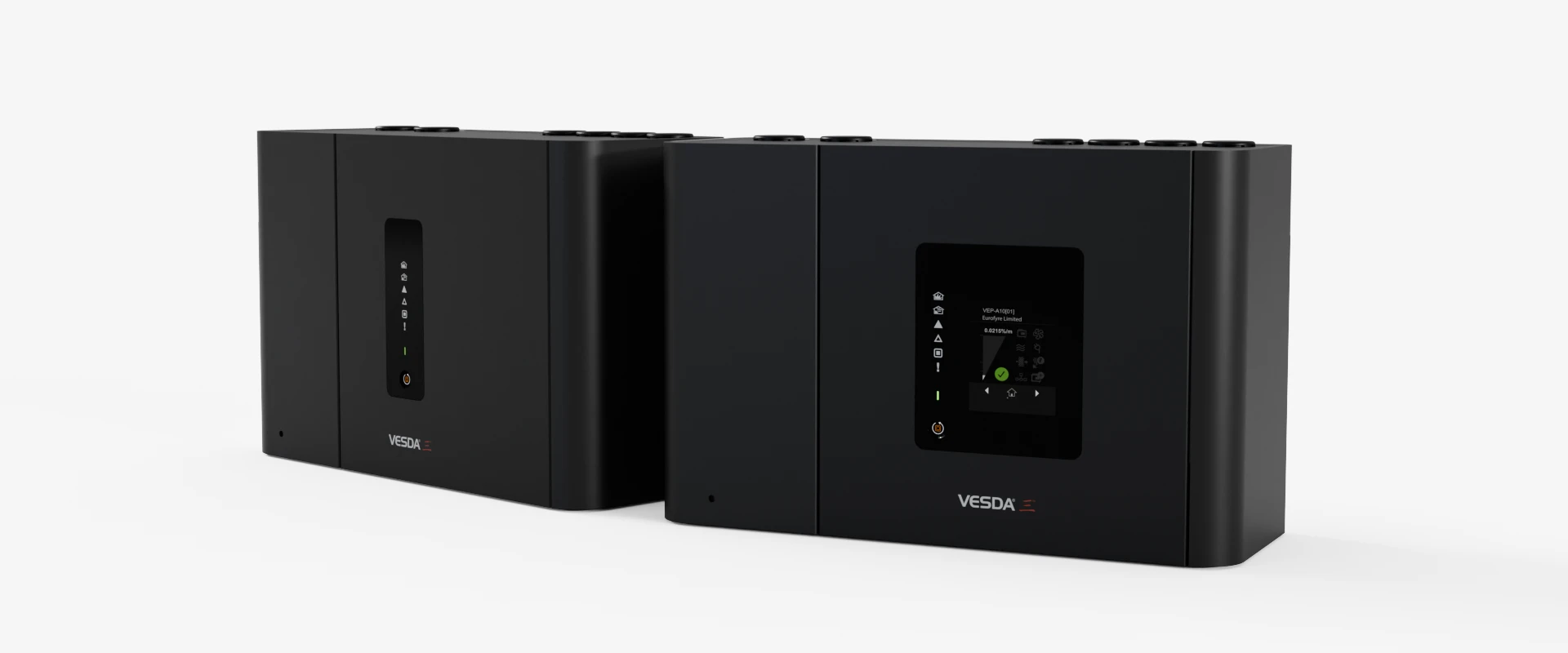High ceilings have long been a mainstay in classical architecture, and are still used today in modern constructions to give occupants a sense of openness and grandeur through their elevated height. In addition to their aesthetic impact, they offer many functional benefits, not least improved air circulation and natural light distribution.
Common examples of high ceilings in buildings include:
- Historic Property
- Cathedrals, churches and palaces feature high ceilings to give a sense of awe to visitors, and demonstrate the wealth of the occupants.
- Modern Residences
- Contemporary architects make significant use of double-height ceilings and imposing entrance ways in everything from luxury self-build homes to high-rise penthouse apartments to give spaces natural light and elegance.
- Public Spaces
- Theatres and auditoriums feature high ceilings to invoke a sense of grandeur, while providing unobstructed views and good acoustics for performances, as well as good air circulation.
- Commercial Premises
- Office buildings, shopping centres and meeting spaces often feature high ceilings to facilitate air circulation, accommodate a large number of visitors and give signage and advertisements better visibility.
- Industrial Buildings
- Across warehouses, factories and plants, high ceilings are largely functional as they offer space to house large machinery, storage and all important air circulation and ventilation.
What are the Risks?
However, despite their grandeur and many benefits, high ceilings do present unique risks and challenges for fire protection.
Fire risks commonly posed by high ceilings in properties, regardless of their primary use, include:
- Vertical Fire Spread
- With more space above, flames can spread vertically more rapidly, engulfing a larger area of the space quicker.
- Heat Accumulation
- High ceilings allow heat to accumulate near the top of the space, creating a more intense fire environment.
- Airflow
- Increased vertical space can create stronger upward drafts, supplying more oxygen to the fire and intensifying its growth.
- Combustible Materials
- High ceilings often mean more exposed surfaces and materials, providing more fuel for the fire to consume.
- Smoke and Toxic Gas Accumulation
- Smoke and toxic gases tend to accumulate near the ceiling, potentially creating a more hazardous environment for occupants and exacerbating fire conditions.
What are the Challenges?
Detecting fires in spaces with high ceilings presents several challenges. Addressing these challenges often requires careful consideration of detector placement, selection of appropriate detection technologies, and regular maintenance and testing to ensure reliable fire detection in spaces with high ceilings. Factors to consider include:
- Limited Placement Options
- Traditional smoke detectors may not effectively cover the entire height of the space due to placement limitations.
- Smoke Stratification
- Smoke stratification occurs when smoke from a fire separates into layers of differing temperatures and densities within a structure. This can prevent smoke from reaching devices mounted on the ceiling.
- Airflow Interference
- High ceilings can create complex airflow patterns, potentially dispersing smoke in unpredictable ways and making it more difficult for detectors to detect smoke concentrations accurately.
- Maintenance Challenges
- Accessing and maintaining detectors installed at high levels can be more challenging and may lead to reduced effectiveness if not properly maintained.
- Response Time
- Detecting fires in high-ceilinged spaces may result in longer response times, allowing fires to grow larger and potentially causing more damage before detection and suppression efforts can be initiated.
The Solution

In light of the inherent fire risks of high ceilings and the fire detection challenges they pose, aspirating smoke detection (ASD) is considered to be the premier solution for protecting these environments.
ASD is able to detect smoke at very early stages, outstripping the abilities of traditional point detectors, as well as offering discreet and application-sensitive installation options.
The main advantages of aspirating smoke detection for high-ceiling environments are:
- Early Detection
- Smoke particles can be detected at extremely low concentrations, providing early warning of fire even before visible smoke is present. Early detection is crucial in spaces with high-ceilings where smoke can stratify, escaping the reach of traditional detectors.
- Coverage
- Sampling pipes can be strategically positioned to cover large areas, including those with high ceilings, ensuring comprehensive coverage without compromising detection effectiveness.
- Reduced False Alarms
- ASD systems are less prone to false alarms caused by factors such as dust or humidity, offering reliable detection in challenging environments often encountered in high-ceiling spaces.
In 2008, the Building Research Establishment (BRE) conducted tests comparing ASD systems with traditional point-type smoke detectors in high-ceiling environments at 40m. In computational tests it was found that ambient environmental conditions (including thermal gradients and cross flows) have a significant effect on the concentration of smoke rising to the ceiling, hindering the ability of optical beam smoke detectors (OBSD) to accurately detect smoke in these conditions. In full scale testing with ASD Class A, B & C and OBSD in place, Class C ASD was found to be as effective as beams at 40m, however Class B and above was found to offer superior smoke detection capabilities.
The tests further demonstrated the superior performance of ASD systems, particularly in early detection and reduced false alarms, confirming their effectiveness for such applications.
VESDA-E Aspirating Smoke Detection
Two popular ranges of ASD systems are the VESDA and VESDA-E (Enhanced) ranges, manufactured by Xtralis (now part of Honeywell). These ranges offer advanced features tailored to various applications, including high-ceiling environments.
VESDA Enhanced incorporates advanced technologies such as air-sampling smoke detection (ASSD) and multi-channel detection to provide even higher sensitivity and accuracy. It offers features like remote monitoring, integrated gas detection, and networking capabilities for comprehensive fire detection solutions.

VESDA-E VEP Aspirating Smoke Detector
The VESDA-E VEP is an advanced aspirating smoke detection system renowned for its exceptional sensitivity and reliability in high-performance fire detection applications, including hazardous areas.
With industry-leading detection capabilities, including multi-channel detection and integrated networking, the VEP ensures early and accurate detection of smoke particles even at low concentrations, minimising false alarms and providing comprehensive coverage for areas of all sizes, including those with high ceilings.
Its scalable design and remote monitoring capabilities make it suitable for a wide range of applications, from industrial to commercial and residential settings, where early detection and reliable smoke detection are critical for ensuring life safety and protecting valuable assets.
VESDA-E VEP comes in two versions, 1- and 4-pipe, covering up to 2,000m2.

VESDA-E VEU Aspirating Smoke Detector
The VESDA-E VEU is the premier offering from VESDA, with an ultra-wide sensitivity range, more sampling holes than any other model in the range, and the ability to cover up 6,500m2 areas.
VEU features a robust IP40-rated enclosure and is equipped with a powerful aspirator that provides a total pipe length of 800m (2,624ft). It is fully supported by the ASPIRE-E and Xtralis VSC software applications which facilitate ease of pipe network design, system commissioning and maintenance together with compatibility with existing VESDA installations.

Why Choose Eurofyre?
- Honeywell Fire Platinum Partner
- Eurofyre is a Honeywell Fire Platinum Partner. This means we can offer regional or industry-specific solution expertise that includes implementation and advanced customer support for models for Honeywell products, including VESDA, VESDA-E, FAAST and ICAM aspirating smoke detection, along with the most competitive pricing.
- Complete System Supplier
- Eurofyre is a complete system supplier and has been a major Xtralis technical wholesaler since 2007. This means we can offer expert advice and supply all aspects of fire detection including aspirating smoke detection systems, conventional and addressable fire alarm control panels and linear heat detection.
- Pipework Design
- Eurofyre can also provide assistance with aspirating pipe network design to ensure optimum network performance and installation quality.
- Demonstration and Training
- We have a sophisticated training facility where we offer demonstrations and expert training on a range of systems, including a comprehensive selection of Xtralis aspirating smoke detection systems.
- After-Sales Support
- Eurofyre prides itself on providing after-sales care and support that is second to none. We offer both on-site and telephone assistance to help you ensure that your system is fully operational and working at its best.
For more information about Aspirating Smoke Detection, or to discuss any of the other products that Eurofyre have to offer, please feel free to get in touch either by phone on +44 (0) 1329 835 024, by email to [email protected] or via the online enquiry form situated on our contact page.
Don’t forget you can follow us on LinkedIn, X and Facebook or sign up to our newsletter (in the footer below) to receive all the latest information from Eurofyre.